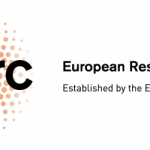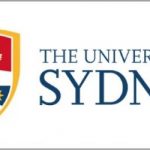Peking University Publishes Study on Zero-Energy Bound States High-Temperature Superconductors; Implications for Future Future-Tolerant Quantum Computing

(EurekaAlert) The main problem for classical quantum computing is the decoherence of qubits, and the derived low fidelity as increasing qubits number, which requires more qubits for error correction. Therefore, exploring fault-tolerant quantum computing, or equivalently, topological quantum computing that is insensitive to environmental noises, has become an important route towards large-scale quantum computing.
Recently, Wang Jian group at Peking University, in collaboration with Professor Wang Ziqiang at Boston College and Professor Hu Jiangping at Institute of Physics, Chinese Academy of Sciences, detected novel ZEBSs resembling the characteristics of MZMs in interstitial Fe adatoms deposited on the high-temperature superconducting thin films at two-dimensional limit.
Professor Wang Ziqiang and collaborators have theoretically proposed that, in the absence of an external magnetic field, the interstitial magnetic impurities in strong spin-orbit coupling s-wave superconductors can generate quantum anomalous vortices. In theory, if single-layer FeSe and FeTe0.5Se0.5 have strong Rashba spin-orbit coupling due to inversion symmetry breaking, and the magnetic moments of Fe atoms locally break the time-reversal symmetry, the quantum anomalous vortices can support MZMs.
This work extends the superconducting materials for MZM explorations from three-dimension to two-dimension, and from low-temperature to Tc > 40 K high-temperature superconductors. Additionally, no external magnetic field is needed for inducing the ZEBS, and the ZEBS can be manipulated in principle, and the ‘surviving’ temperature is also significantly increased, which provide possible solutions for the realization of applicable topological qubits in the future.



















